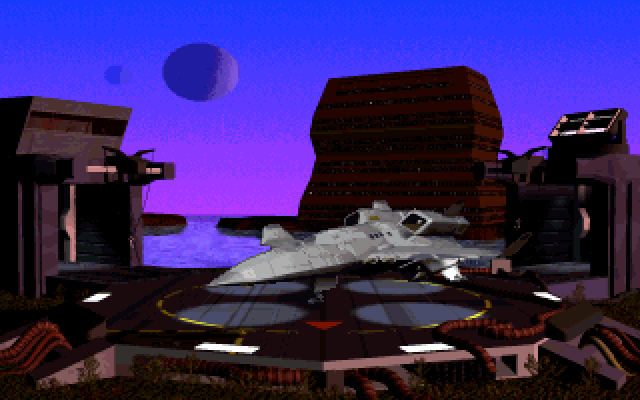
Back in 1993, Origin Systems released a space combat and trading game set in its highly successful Wing Commander universe. Privateer brought Elite-style freeform exploration and adventure to a new part of a familiar universe, and gamers the world over were instantly hooked as they made their way through Gemini Sector, seeking fortune and uncovering secrets. Join me as I talk to Privateer’s Lead Designer, Joel Manners, on the making of this classic title.
 Joel Manners, ladies and gentlemen.
Joel Manners, ladies and gentlemen.
Please start off by describing how did you get started at Origin - I see you worked on another of my absolute favorite games: Space Rogue?
Joel: Nepotism. I played Ultima 3 forever, and loved it, and was playing a game called Times of Lore, which Origin had published for Chris Roberts, who I knew slightly as my parents and his know each other, so I got a gig QA-ing it on one of the smaller platforms. Maybe Amiga? Commodore? I don’t remember. That summer I got to QA Space Rogue (yes, that was such a cool game… shout-out to Paul Neurath, one of the all-time greats in this industry), plus a half-dozen others. Most importantly, it got me in the door, and I was there when they needed folks for some entry-level design work.
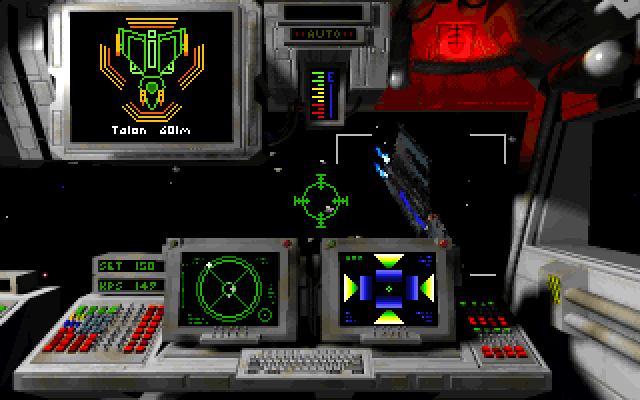
It was Wing Commander, but not as we knew it.
What an awesome break! I see you also did some work on Ultima - care to mention what that was?
Joel: Let’s see – I think 6 was QA? Or was that 5? Both? By the time 7 was in development I did some design grunt work on villager routines. Richard [Garriott] was big on making sure the NPCs actually lead proper lives, such as fetching water in the morning before baking bread to sell in their shops. And, of course, it all had to respond to where you were in the story. It was very cool, but a lot of work. I wish I had gotten to work more on the Ultimas, but I was firmly on the Wing Commander side of Origin for most of my time there, and I didn't mind that at all.
So how did you go from QA work through to being Lead Designer on Privateer? As part of that, please describe how the idea for Privateer came about in the first place.
Joel: My path was pretty straight-forward, really. I got to start designing on Wing Commander I and II, making missions and AI scripts, and then had the same role on Strike Commander. So, when Chris needed to put a small team together to investigate what would become Privateer, I was either the perfect choice or the one guy he could do without on Strike Commander. I never asked which one. The game started life as something called ‘Trade Commander’, which was being pushed by the marketing department. They had an idea that it would be fun to have a proper trading game, but it didn’t have any of the space flight or frontier missions… just trading. Chris and I thought it would be much more fun to take on a Han Solo persona, and focus on a smuggler’s life.
If Firefly had existed, we would have also said a Malcolm Reynolds persona. So, we started from that… life on the seamy side of the Wing Commander universe. Smuggling/trading meant being able to go anywhere, anywhen, so that naturally led to an open universe. And an open universe led to everything else. Faction wars, reputation, ship customization, random missions, exploration. It was a radical departure from the structured mission/movie experience of Wing Commander, but the more the team worked on the design, the more we owned that difference as the heart of the game: give the player the experience he can’t get in Wing Commander.
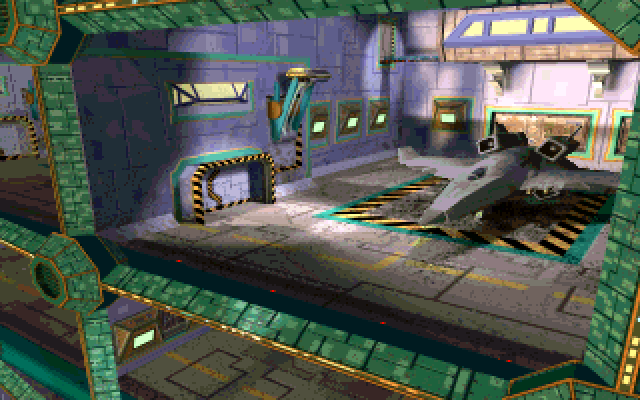
Your docked Centurion – not the largest cargo hold, but great in a fight.
You mentioned Firefly and I think that reference is pretty spot on – I mean, it didn’t exist at the time but I think that world and the vibe of Malcom Reynolds were found in Privateer, years ahead of Firefly.
Joel: Yeah, it really was what we were trying to go for. Our role model at the time was Han Solo. I can’t remember a specific conversation, but we would talk about Wing Commander and Privateer in terms of maintaining the vision for the team but also in terms of trying to communicate to the player what they were getting into. We’d say that Wing Commander was Luke Skywalker and Privateer was Han Solo. Both were very different – Luke would jet off in his X-Wing and go be a cool guy, and Han would be much more interested in making a profit. Now of course, we couldn’t use those exact terms! (laughs) But that was kind of the idea, and everything grew out of that distinction in a way that was very organic.
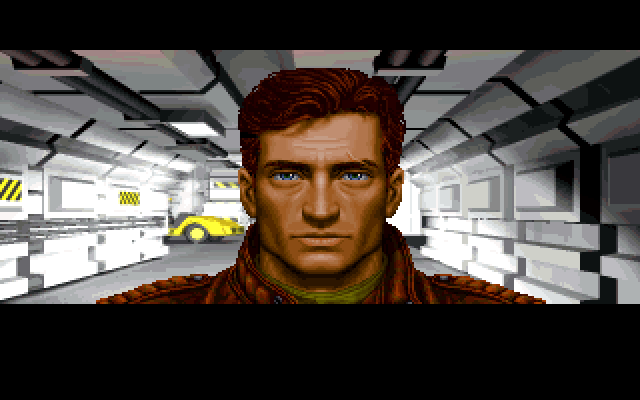
Grayson Burrows, or “Brown Hair – we were making fun of Blue Hair, the character in Wing Commander”, says Joel.
Sometimes you’re working on a game that has that incredibly distinct feeling and sometimes you’re not and you have to search for it, but Privateer was one of those times where it just had it. It was very easy to do – I wish I could tell you about our creative debates and pathos and struggle to find our golden nugget, but it was all just kind of laid out for us so simply that it was more a case of trying to keep pace with the ideas and contain them into something that was accessible rather than searching for what its purpose was.
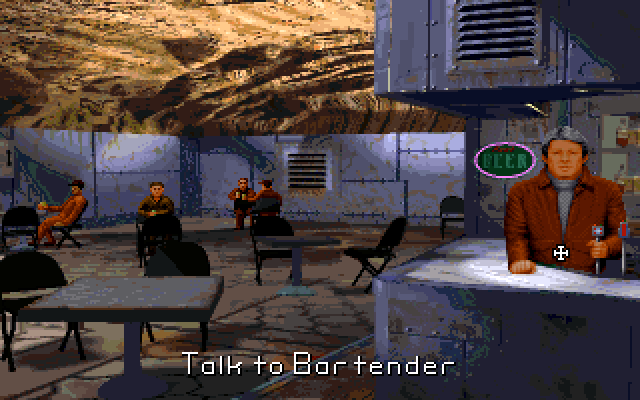
Who else would know more about the goings on in the Gemini Sector than these guys?
Maybe you can talk a little more about how even with Wing Commander’s clean-cut navy setting and Privateer’s much dirtier, grittier world, players still got that feeling that yes, despite the contrast it still feels like a cohesive part of the same future in the Wing Commander universe?
Joel: Well I think it grew out of the fact that in the beginning what we looked at was the smuggling aspect of things. That you were out there on your own trying to make a quick dollar and that the way you did that was by skirting the law. It wasn’t necessarily that you were a criminal, but that you were Wild-Westing it out there trying to make sure that you had the goods you needed to take to the next place to make the money you needed to buy gas. As it came down to smuggling, we started with the micro-economy and what it would feel like to have to explore unique areas with unique resources and then take them back to areas that might demand them – such as the cleaner side of the Wing Commander universe.
So that dichotomy where ‘so, we need a seedy side and we need a shiny side’ started the whole thing. We thought that it wasn’t interesting enough just to have black and white – you needed those shades of grey as well. We asked what those shades of grey were, and, well, being a mercenary is one thing, as they would prey on the pirates who prey on the merchants who prey on the smugglers… and there you go!
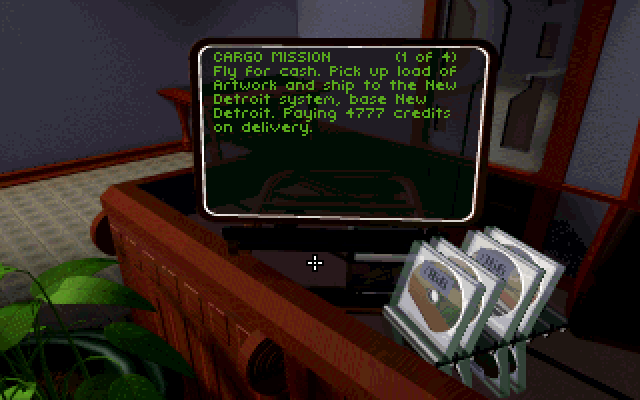
Get a speedy ship for some quick profits runing cargo hauls for the Merchants’ Guild.
We felt like we had a nice, circular reputation system, and the fact that we started about as far away from Wing Commander as we could – that being the honorable loner who while comfortable with the criminals has a sense of honor himself. It makes him this legitimate smuggler in the middle of a bunch of nefarious, unscrupulous criminals, and this allowed us to say that this is 100% divorced from what is going on in the frontier – Wing Commander is off on the frontier fighting the Kilrathi wars, they’re building gigantic Battlestar-style carriers to launch all these fighters to win over systems and deal with stuff that could overwhelm all of society in an instant… but that’s far, far away and none of that stuff is going to touch these people, who are just concerned about their day to day. The Wing Commander stuff is just a rumor to them. But as we got farther along and started to expand the universe, we thought, you know what, it would be fun to visit some of that so that the player could see the contrast between being a mercenary or a merchant or a smuggler and then coming across these very shiny spacecraft that are way more impressive than anything you might be able to own yourself or run yourself.
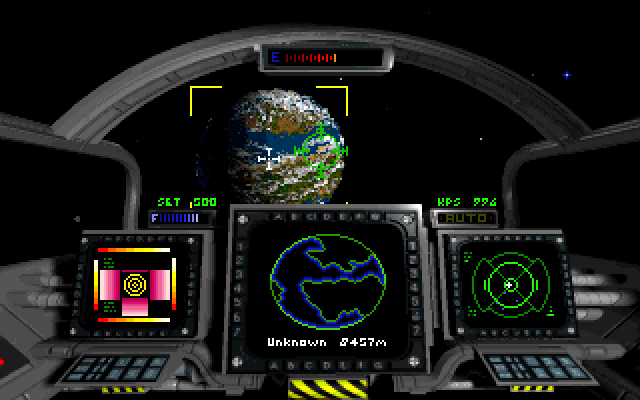
Agricultural planets were just one of many worlds playing a role in both Privateer's setting and its economy.
So then the question became ‘where are you going to go on your trade runs?’. We need an industrial part, of course, because these gigantic space ships don’t build themselves. And it’s in the future, so we need a science and technology and cultural heart. Where are the shiny and squeaky-clean places that everyone on the outer rim makes fun of but secretly wants to be a part of because they’re so wealthy? Then going in the other direction too – smuggling centers on the rim can’t be as low as you get. We need real pirates in places where there is no law, and if you can get to them you can make the biggest profits. And so as we explored each one of those things we had to compare them against the idea of this massive government fighting a war that meant it didn’t have the time to police its own frontier. It felt like, to us, the historical parallel was very much the Wild West. You had this large federal government, but for the most part each little community essentially governed itself – sometimes it governed itself with law and order and sometimes it didn’t.
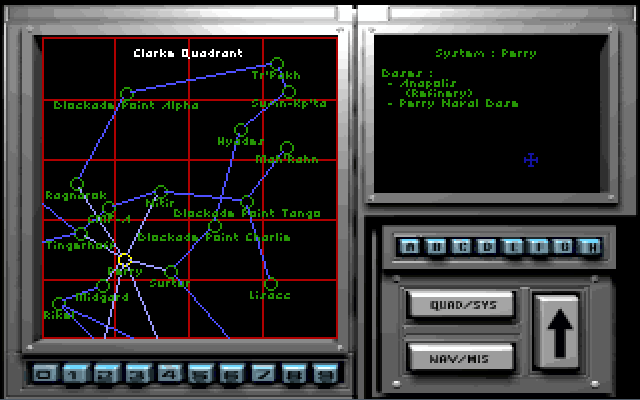
Gotta figure out those trade routes - both legal and otherwise. Wouldn't want to run into a naval patrol while carrying a hold full of contraband.
I think some of Privateer's influences may be clear (Elite, Space Rogue etc) but maybe you can say a few words about your experiences with these open space combat/trading games, and what influenced you personally in your design for Privateer?
Joel: Elite was huge for both me and Chris Roberts, but I think it was more about the feeling you got when playing Elite, rather than any particular game feature. I certainly never sat around comparing features with Elite. We just started thinking through how to capture a similar experience. My personal influences? I can vividly remember diving into the trading system, the faction system, and the ship customization systems with both feet, just designing details until it all worked. I imagine most of the ship customization stuff came from a combination of building the ships for Wing Commander and playing far too much Car Wars, the old Steve Jackson game.
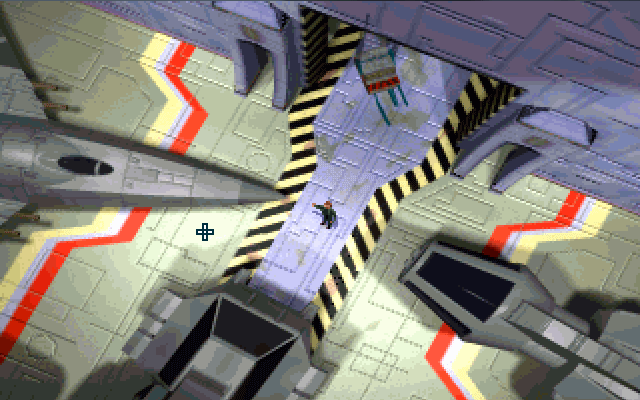
The Orion, Galaxy and Centurion - for when you're ready to set your sights higher than the lowly Tarsus you start off with.
The trading system came from a paper game I created with some friends in college, in which you tried to build up an independent kingdom in Scotland in the face of rival clans. Haven’t thought about that one in a long time. There were very complex rules regarding herds of sheep, I recall. Open world design has always appealed to me as a gamer, far more than linear, although both can create a high-quality experience. I love Fallout and Red Dead Redemption, but I also love The Last of Us. Like I said, I played hundreds of hours of Ultima, especially Ultima III, and that was really all the inspiration anyone could need to want to make an open world game.
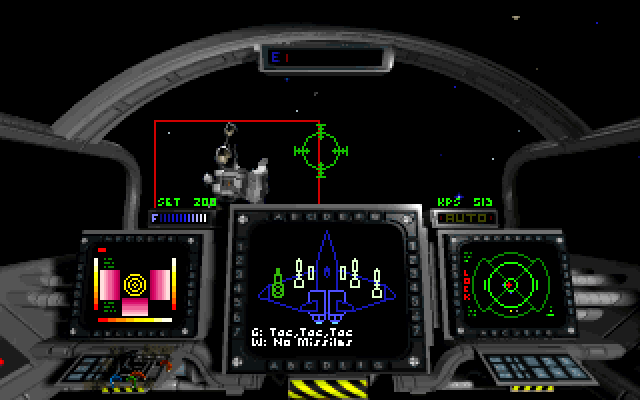
That Orion is no match for a decked-out Centurion.
Finally, did you encounter many constraints when working within the established Wing Commander universe?
Joel: No, not at all. Chris was very interested with the idea that his universe had this lovely underbelly that could be explored. We did agonize over the question of whether to include Kilrathi or not, and whether to create a new alien antagonist or not, but none of those discussions were constraining, just making sure we were all doing our best to be consistent in that one universe.

Trade or fight for profit, customize and improve your ship, then repeat!
The biggest constraints were making sure the flight models felt the same. We wanted Privateer flying to be the same as Wing Commander flying, outside of differences between the ships, obviously. There were many late nights when I would return to my office to find Chris at my desk, pondering why the space dust didn’t quite feel the same to him.
Awesome – thanks for talking to me today, Joel. I really enjoyed it.
Joel: It was a pleasure – thank you for your time!
Learn more about Joel Manners on his website at http://www.joelmanners.com/, and check back here next week to read a discussion we had around his work outside of Privateer through to publishing his fantasy novel The Martyr’s Blade.
Previous:
Interesting People #4: Tim Donley, Lead Artist on Planescape: Torment
Next:
Interesting People #6: Josh Sawyer on Pillars of Eternity II
